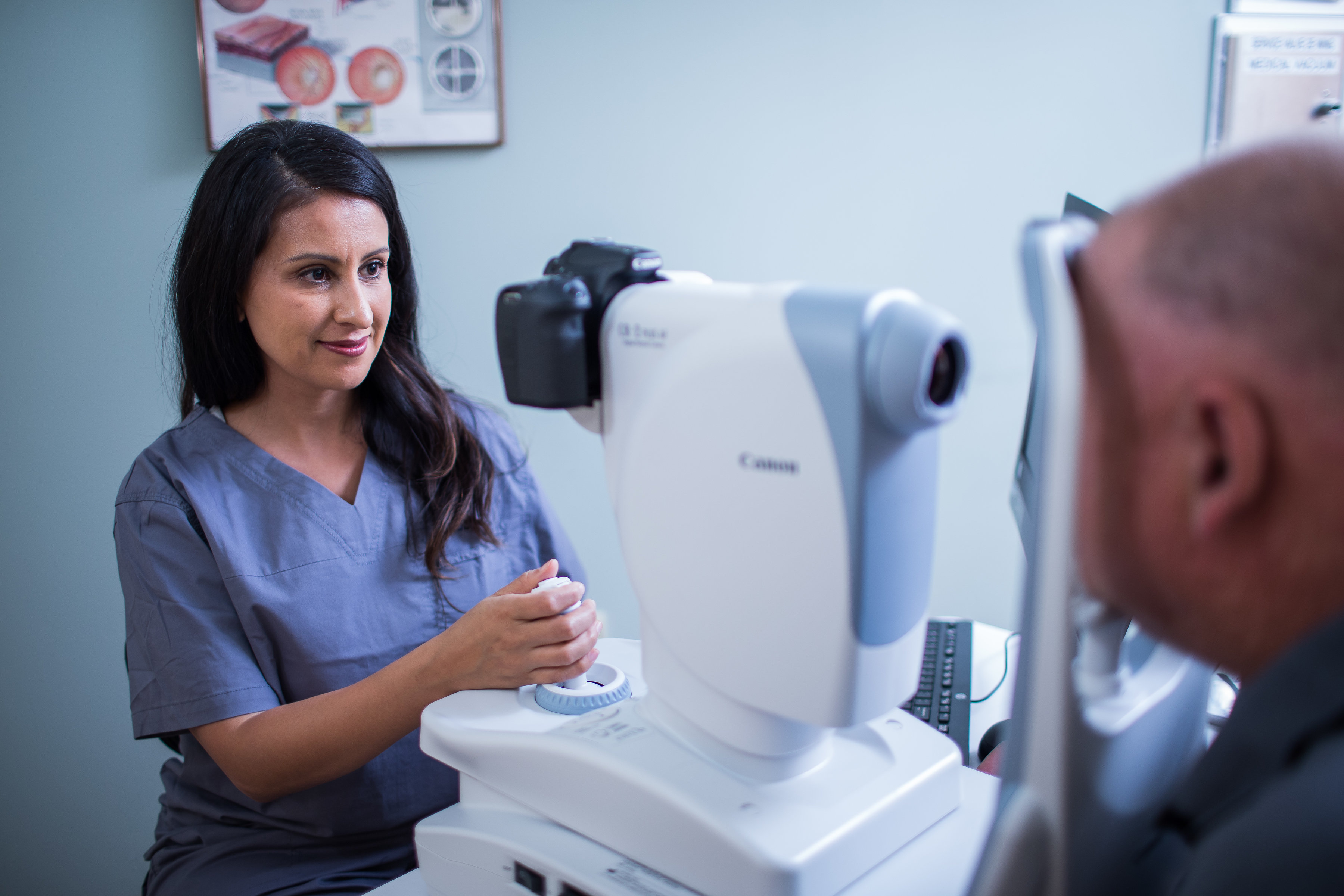Andalusia Eye Center: Premier Services for Vision Adjustment
Andalusia Eye Center: Premier Services for Vision Adjustment
Blog Article
The Advantages And Disadvantages of Different Refractive Surgical Treatments for Enhanced Eyecare
LASIK Surgical Procedure
LASIK surgery is a commonly done refractive treatment that aims to remedy vision issues such as astigmatism, nearsightedness, and farsightedness. This medical technique has acquired popularity because of its performance in providing individuals with more clear vision and reducing their dependency on glasses or contact lenses. During the procedure, a slim flap is developed on the cornea, and a laser is used to reshape the underlying tissue, correcting the refractive error. The flap is then repositioned, permitting fast recovery and marginal pain for the individual.
One of the main benefits of LASIK surgery is the rapid renovation in vision experienced by many patients. The majority of people discover a considerable enhancement in their sight soon after the procedure, with marginal downtime needed for recovery. In addition, LASIK is understood for its high success rate and reduced occurrence of problems when performed by proficient specialists. Nevertheless, like any operation, LASIK also lugs some threats, including dry eyes, glow, halos, and under or overcorrection of vision. It is crucial for individuals thinking about LASIK surgical treatment to undertake a thorough analysis by an eye care expert to determine if they are appropriate candidates for the procedure.
PRK Procedure
The PRK treatment, additionally recognized as Photorefractive Keratectomy, is a type of refractive surgical treatment that intends to remedy vision concerns comparable to LASIK surgical procedure. Unlike LASIK, which entails developing a flap in the cornea, PRK functions on the surface layer of the cornea.
One of the benefits of PRK over LASIK is that it removes the danger of flap-related problems because no flap is produced throughout the surgical treatment. Despite the longer recuperation period, PRK can be a suitable alternative for people seeking vision correction surgery.
SMILE Surgery
A cutting-edge refractive surgical procedure method getting popularity in the area of ophthalmology is SMILE Surgical treatment. Tiny Laceration Lenticule Extraction (SMILE) is a minimally intrusive procedure that deals with vision by reshaping the cornea using a femtosecond laser. Unlike standard LASIK surgery, SMILE Surgical treatment involves producing a small laceration in the cornea to extract a lenticule, which leads to much less disruption to the corneal structure and potentially much faster recovery times.
One of the main benefits of SMILE Surgical procedure is its capability to treat nearsightedness (nearsightedness) and astigmatism with high accuracy, resulting in outstanding aesthetic outcomes for individuals. The minimally intrusive nature of the treatment likewise reduces the danger of difficulties such as dry eye syndrome, making it a desirable alternative for individuals seeking refractive surgery.

LASEK Technique
Having discovered the advantages and considerations of SMILE Surgical treatment, one more notable refractive surgical treatment strategy worth examining is the LASEK Method. LASEK, which represents Laser-Assisted Subepithelial Keratectomy, is a kind of laser eye surgery that aims to remedy refractive mistakes such as nearsightedness (nearsightedness), hyperopia (farsightedness), and astigmatism.
Unlike LASIK, LASEK does not include producing a corneal flap. Rather, throughout a LASEK treatment, the surgeon utilizes a diluted alcohol option to loosen up the slim external layer of the cornea, recognized as the epithelium. This layer is after that delicately relocated apart to permit the laser to improve the underlying corneal cells. Once the cornea has actually been improved to the wanted degree, the epithelial layer is rearranged.
One of the main advantages of LASEK is that it can be appropriate for people with slim corneas that may not be good candidates for LASIK. In addition, LASEK usually causes minimal post-operative discomfort and a quicker recuperation time compared to PRK. The aesthetic healing procedure with LASEK may be slightly longer than with LASIK.
Implantable Call Lenses
Implantable Get in touch with Lenses offer a long-lasting vision adjustment remedy for individuals looking for an alternative to traditional get in touch with lenses or glasses. These lenses, also recognized as phakic intraocular lenses, are surgically inserted into the eye to deal with refractive errors such as nearsightedness (nearsightedness), hyperopia (farsightedness), and astigmatism. eye center andalusia. Unlike traditional call lenses that sit on the surface of the eye, implantable contact lenses work within the eye itself, giving clear vision without the requirement for everyday upkeep or elimination
One of the essential benefits of implantable contact lenses is their permanence. As soon as inserted, they can continue to be in the eye indefinitely, offering secure and constant vision correction. In addition, these lenses can be an exceptional option for individuals who are not great candidates for laser eye surgery or who favor a relatively easy to fix vision improvement procedure.
Nevertheless, implantable contact lenses do carry some threats, consisting of the possibility for cataracts or raised eye pressure. It is important for individuals considering this option to seek advice from an eye care expert to establish if implantable get in touch with lenses are the appropriate option for their particular requirements and eye health and wellness.
Verdict
In conclusion, each type of refractive surgery has its very own advantages and drawbacks. LASIK surgery is preferred for its fast recovery time, while PRK treatment may be suitable for patients with slim corneas.

In General, SMILE Surgical procedure provides an encouraging option for people looking to enhance their vision with refractive surgery.
Report this page